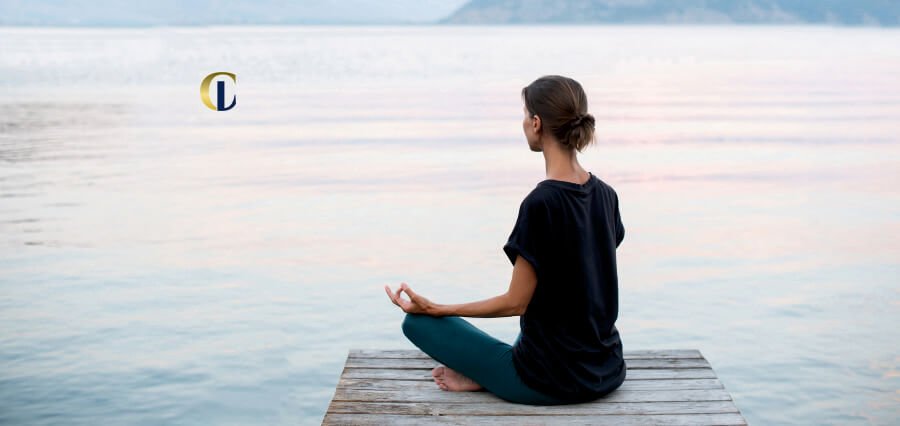Passionate and Mindful Life
Yoga, including Suryanamskar, Yogasana, Pranayam, and meditation, is among the old Indian workout practices that are trending in today’s world. As most people have incredibly tight schedules and chronic stress, meditation can positively affect one’s entire well-being. Here, we’ll take a look at some of the best arguments for practising meditation and offer guidance on how to start.
Reduced Stress and Anxiety
Of all the documented benefits of meditation, one of the most proven is the structuring of the relaxation response of the human body. Performing this exercise for only 10 minutes every day reduces stress and anxiety by reducing cortisol levels. Reduced anxiety facilitates enhanced sleep, increased concentration and is also involved in dysfunctions such as depression and addictions.
Bolstered Immunity
Some researches indicate that those practitioners who practice mediation often experience lower incidence of sickness. One possible rationale for this is that meditation moderates the immune and inflammatory processes throughout the body. If we are chronically stressed then it can actually decrease the ability of the immune system to do its work. Meditation reverses this effect, raising immunity.
Increased Self-Awareness
One of the objectives of many forms of meditation is the enhanced awareness of the present – thoughts, feelings, sensations and the surroundings. Thus, we become more ready to grasp ourselves better through this degeneration in self-awareness. It becomes easier to have more awareness regarding the different thought processes and behaviors by which we are inclined towards. Such awareness gives the chance for developing qualities loved by everybody, for example, patience and being grateful.
Meditation for Beginners
Now that the major upsides of meditating have been understood, let’s explore a few different styles you can try as a beginner:
– Breath focus: This type is to sit comfortably and bring complete focus on the breath only. Clearly, counting the breaths up to 3 where one is expected to inhale and exhale can help reduce stress.
– Walking meditation: It is possible to promote and engage in what one might call ‘structured mindful-kit hike.’ Look very carefully at each point and at the things that can be seen/heard.
– Guided meditation: If you have difficulty in keeping attention anchored at the start, then they use a guided meditation app which can be Calm, Headspace, or Insight Timer. Calm voices guide your concentration and calmness.
– Mantra repetition: By far, the most common form of meditation is the manipulation of a meaningful word or a phrase, called a mantra. Education also teaches that repetition directs an agitated mind. These range from chanted sounds such as Om and virtues such as those of loving kindness.
It also helps to fit short 5-10 minute meditation practice into the day to develop a daily practice. You can practice first thing in the morning when wish to establish a calm and serene mood of the day or last thing at night when you wish to combat insomnia. In due course the advantages of being present will be felt and change will be on your side!
Inspirational Examples
Meditation has become trendy among the ‘stars’ of social media in the yoga world, fitness industry and wellness sector in India. Many personalities such as Baba Ramdev, Sri Sri Ravi Shankar and Sadguru have also explained its visible advantage. With mainstream interest Entertainment stars like Shilpa Shetty, Akshay Kumar, Varun Dhawan, etc., are also supporters of the practice. They often post guided sessions and morsels of advice about the use of mindfulness, and about living simply amidst the complexities of city life. Such voices offer encouragement for using meditation as a practice that will improve the quality of people’s lives.








